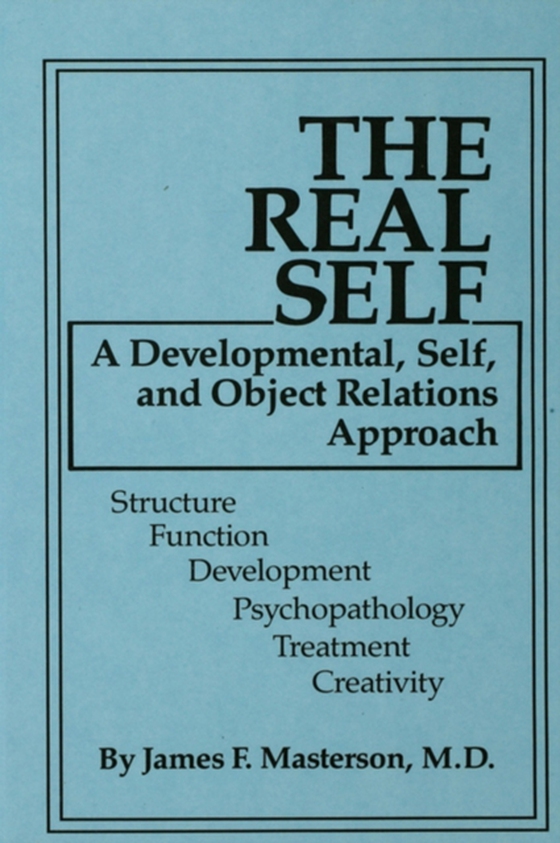
Real Self e-bog
403,64 DKK
(inkl. moms 504,55 DKK)
First Published in 1985. This informative volume examines the clinical research linking nor-mal separation-individuation with object relations theory and devel-opmental psychopathology. It focuses on the core problem-the lack of a concept of the self-integrated with object relations theory. By adding a theory of the self to object relations theory, the book both enlarges and more acutely focuse...
E-bog
403,64 DKK
Forlag
Routledge
Udgivet
21 august 2013
Længde
192 sider
Genrer
1DBK
Sprog
English
Format
pdf
Beskyttelse
LCP
ISBN
9781134844340
First Published in 1985. This informative volume examines the clinical research linking nor-mal separation-individuation with object relations theory and devel-opmental psychopathology. It focuses on the core problem-the lack of a concept of the self-integrated with object relations theory. By adding a theory of the self to object relations theory, the book both enlarges and more acutely focuses the therapeutic perspective, thereby enhancing work with patients. It also further enables therapists to clarify their own real selves. Dr. Masterson's thesis is that, for the real self to finally emerge from the symbiotic union and assume its full capacities, identification, acknowledgment, and support are required from the mother and father in early development and from the therapist in psychotherapy. Dr. Masterson describes and illustrates the therapeutic technique of communicative matching and provides the necessary acknowledg-ment while maintaining therapeutic neutrality. Part I reviews psychoanalytic theory of the ego and the emerging real self; its structure, function, development, and its psychopathol-ogy and treatment. Part II explores the relationship between maternal libidinal ac-knowledgment and the development of the real self by a cross-cultural comparison of child raising in Japan, Israel, and the United States. It then describes the influence of social and cultural factors on the functioning of the real self in the United States. Part III on Creativity and the Real Self draws upon fairy tales, Jean Paul Sartre, Edvard Munch, and the life and work of the novelist Thomas Wolfe to show how for some artists creativity becomes a crucial vehicle in their search to establish a real self. This section illuminates the nature of personal and artistic creativity and describes how a professional interest in the functioning of the real self leads inevitably to an interest in the ultimate of self-expression-creativity. Of special interest are the numerous case illustrations drawn from Masterson's extensive clinical work showing how acknowledgment and support enable the real self to fully emerge from the symbiotic union and to assume its full capacities.)
 Dansk
Dansk

